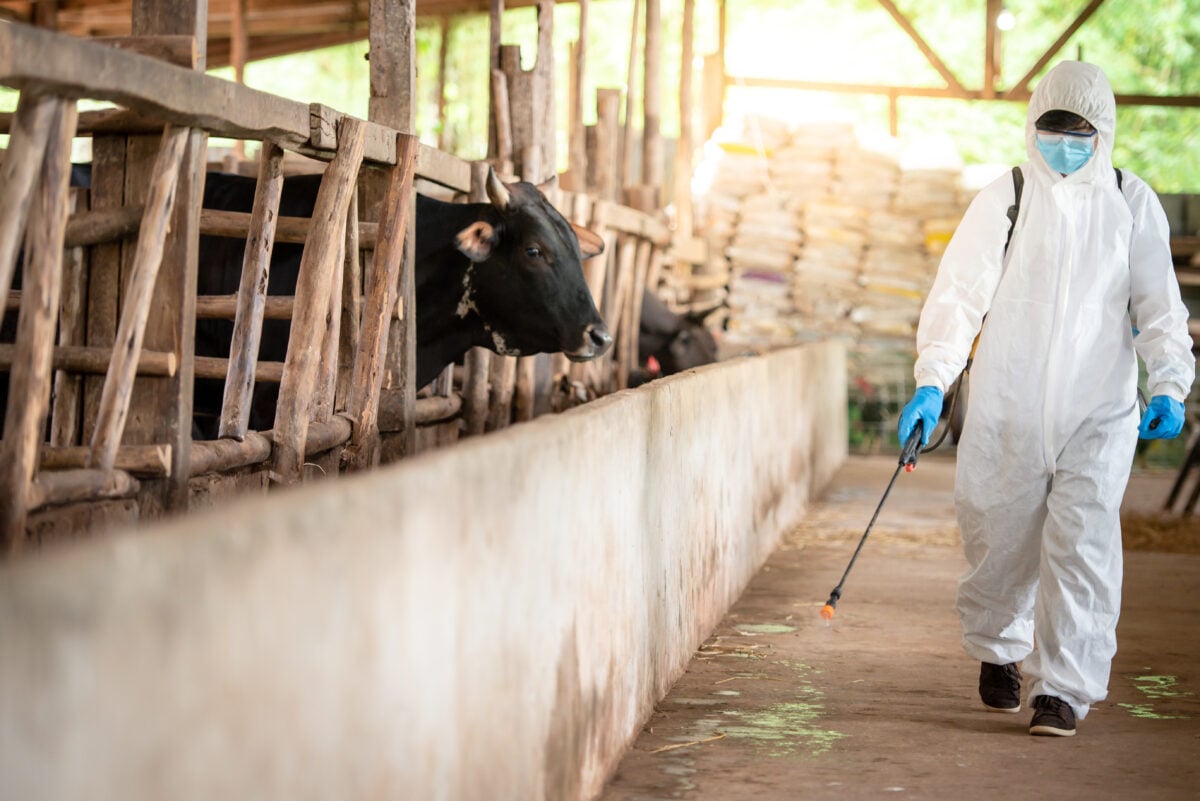Bird flu infections among dairy workers in the US are more prevalent than previously thought as some cases are going undetected, according to a new report from the Centers for Disease Control and Prevention (CDC).
Read more: Bird Flu Pandemic ‘Very Likely’, Warns Former CDC Director
Testing of 115 workers in Michigan and Colorado revealed that eight of them (seven percent) had antibodies indicating recent infection with the H5N1 strain of avian flu. The dairy farms where they worked had all had confirmed cases of H5N1 among the cows in the past 90 days. All those who showed evidence of previous infection worked closely with the cows, either milking, cleaning manure, or moving cows.
Half of those with previous infections had no obvious symptoms at the time, while the other half recalled feeling unwell around the time that the herd became infected. Since April, 473 dairy herds in 15 states have been infected, which means that hundreds of worker infections may be going undetected.
Lack of PPE

PPE such as safety goggles and respirator masks are recommended to be worn by people working with animals infected with bird flu. But only 37 percent wore goggles, and 21 percent use respirators. None of the eight who had been infected had used masks and only three wore eye protection.
According to the report, the use of PPE has been a challenge on dairy farms due to staff working in hot, tight spaces with a need for good visibility around the cows.
Read more: Man Dies After Contracting H5N2 Bird Flu In First Recorded Case
The report authors suggest that milking cows and working in the milking parlour to be the highest risk activity where PPE would be most needed. All the workers with antibodies had worked in the milking parlour, and seven also milked the cows. Milk from infected cows carries a particularly high viral load.
Among the symptomatic workers with confirmed infections, the most common symptoms were red, draining, or itching eyes. One had feverishness, sore throat, runny or stuffy nose, sneezing, diarrhea, and headache, symptoms which were also reported by workers with negative test results. The authors suggest that more workers may have had H5N1 infections but, for various reasons, their antibodies didn’t reach detectable levels.
Transmission of bird flu between mammals has public health experts worried that the virus could become more dangerous to people.
Read more: US To Test Ice Cream And Butter For H5N1 Bird Flu Virus






